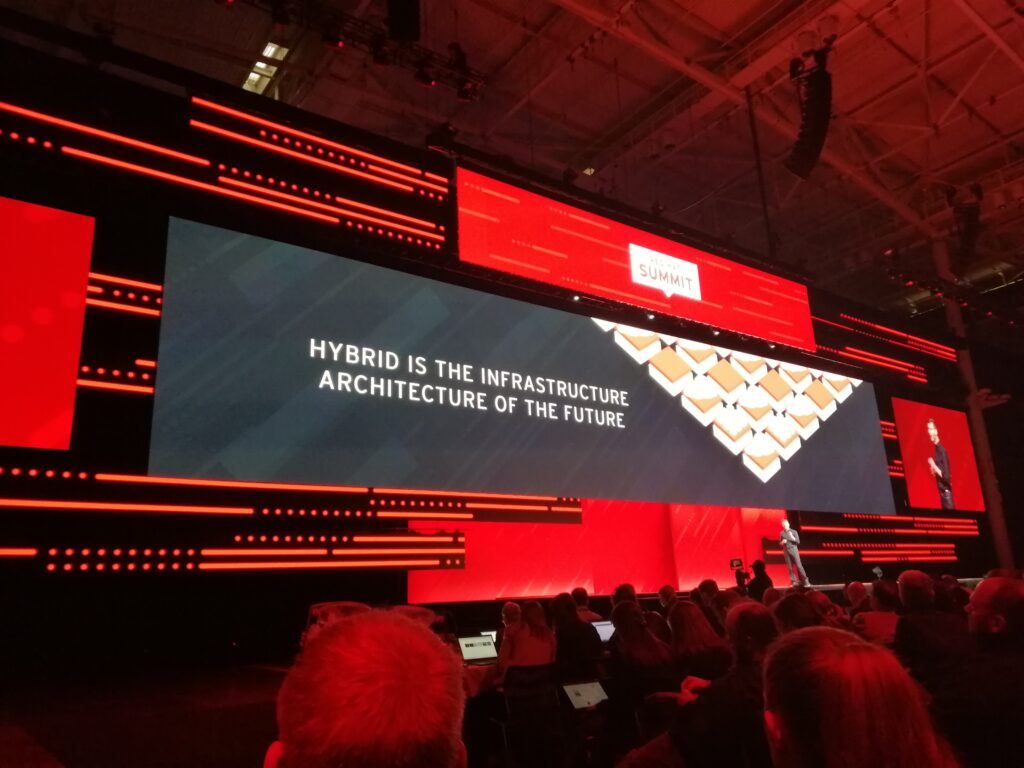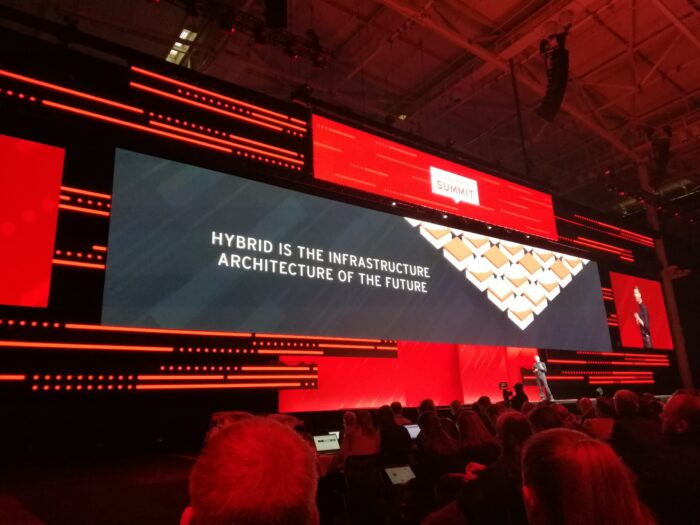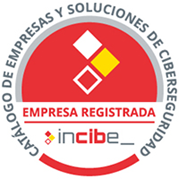
During Day 2 of the Red Hat Summit, the main topic was all about hybrid cloud. The open hybrid cloud should be, according to Red Hat, the default architecture because it is the infrastructure architecture of the future. And personally, I could not agree more.
It started with the announcement of Red Hat OpenShift 4, which will be available next month. It is the next generation of their trusted enterprise Kubernetes platform which is designed to deliver a cloud-like experience across the hybrid cloud. OpenShift 4 operates as a unified cloud experience for the hybrid world, and enables an automation-first approach. It is a self-managing platform with automatic software updates and lifecycle management based on Red Hat Enterprise Linux and Red Hat Enterprise Linux CoreOS. It also comes with Operators to automate life cycle management of containerized applications with Kubernetes. These Operators can be found at a new website called OperatorHub.io which is a new home for the Kubernetes community to share Operators. The other OpenShift announcement came from Microsoft which stated that the Azure Red Hat OpenShift service is now generally available. The Azure Red Hat OpenShift service is a fully managed service with a 99.9 percent service-level agreement where management support for Azure Red Hat OpenShift comes from both Microsoft and Red Hat.
Red Hat also introduced new SaaS cloud management services for Red Hat Enterprise Linux. It combines the flexible and powerful infrastructure management capabilities of Red Hat Satellite with the simplicity of cloud management services for Red Hat Enterprise Linux. If you run Red Hat Enterprise Linux on-site or in the cloud, it does not matter, you can assess system performance, run reports and even remediate security issues on all these machines. It helps us manage vulnerabilities (CVEs), verify compliance and system comparing across the hybrid cloud. And best of all, it is included with the Red Hat Enterprise Linux subscription. There is also a new portal (https://cloud.redhat.com) which gives you access to Red Hat Insights, Cloud Management Services for Red Hat Enterprise Linux and also Red Hat OpenShift Cluster Manager. The Cluster Manager allows you to install, register and manage OpenShift 4 clusters.




Comments are closed